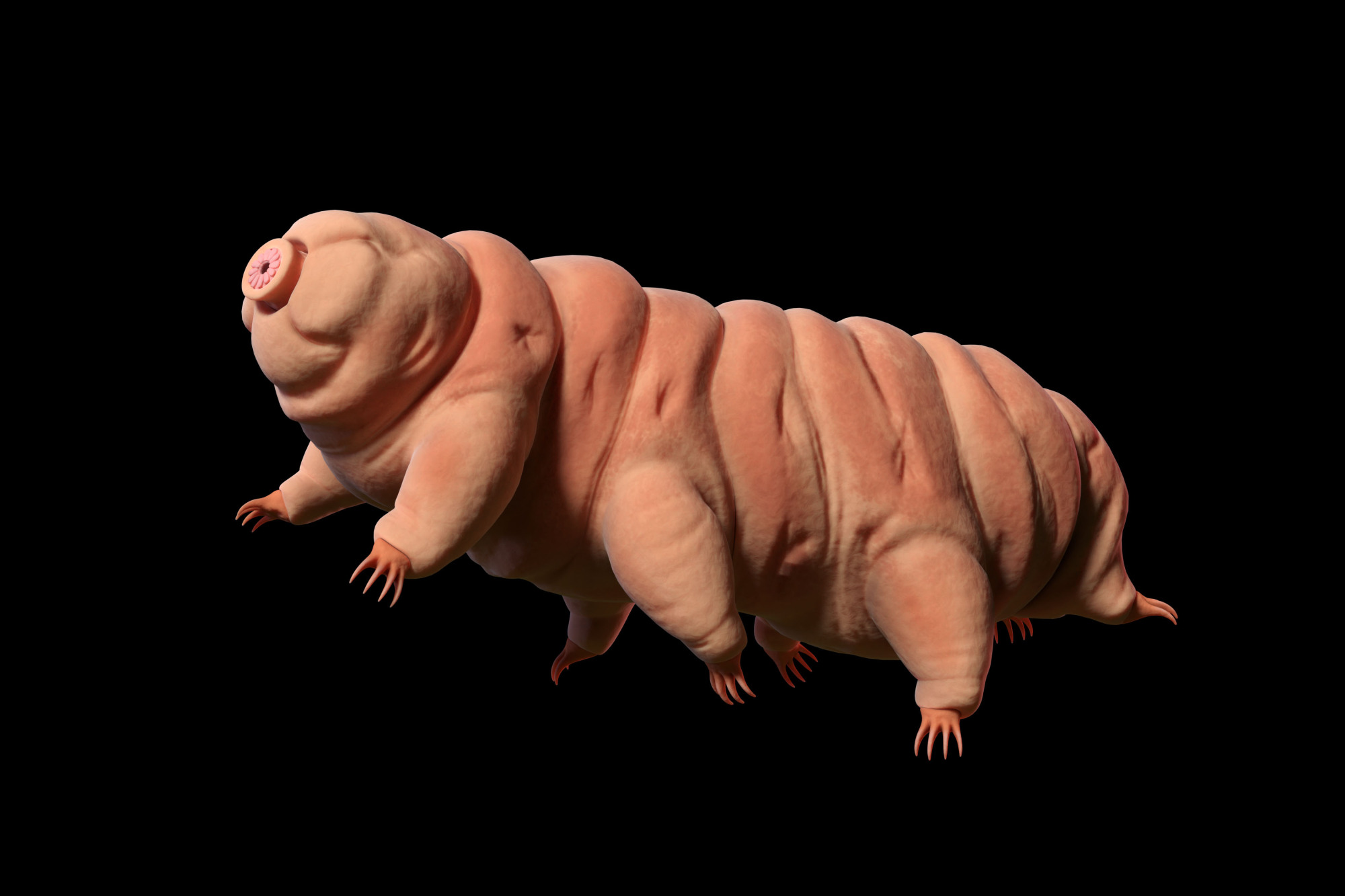The city of Tsuruoka in Yamagata Prefecture is famous for the three sacred mountains that are central to the practice of Shugendo. In this fascinating fusion of Buddhism and Shinto, disciples climb and descend the thousands of stone steps that lead to the summit of Mount Haguro. The ascetic practice is said to simulate the process of death and rebirth, and in the natural hot springs on Mount Yudono, pilgrims can revive their aching limbs and energize their spirits.
It was in Tsuruoka — in the parking lot of his rented apartment — that Kazuharu Arakawa found a new species of one of the most extraordinary animals on the planet. (Or off of it: This animal has been taken into orbit and survived exposure to the vacuum of space.) The animal is a tardigrade, eight-legged micro-animals also known as water bears. In essence, they are the microscopic equivalent of pilgrims practicing Shugendo's "death and rebirth." Tardigrades go through cycles of total stasis, whereby almost all metabolic activity shuts down, and they can stay like that for decades, maybe hundreds of years. But put them in warm water and, like the disciples heading to Mount Yudono, they come springing back to life.
Arakawa of the Institute for Advanced Biosciences at Keio University is fascinated by tardigrades — and with good reason.

















With your current subscription plan you can comment on stories. However, before writing your first comment, please create a display name in the Profile section of your subscriber account page.